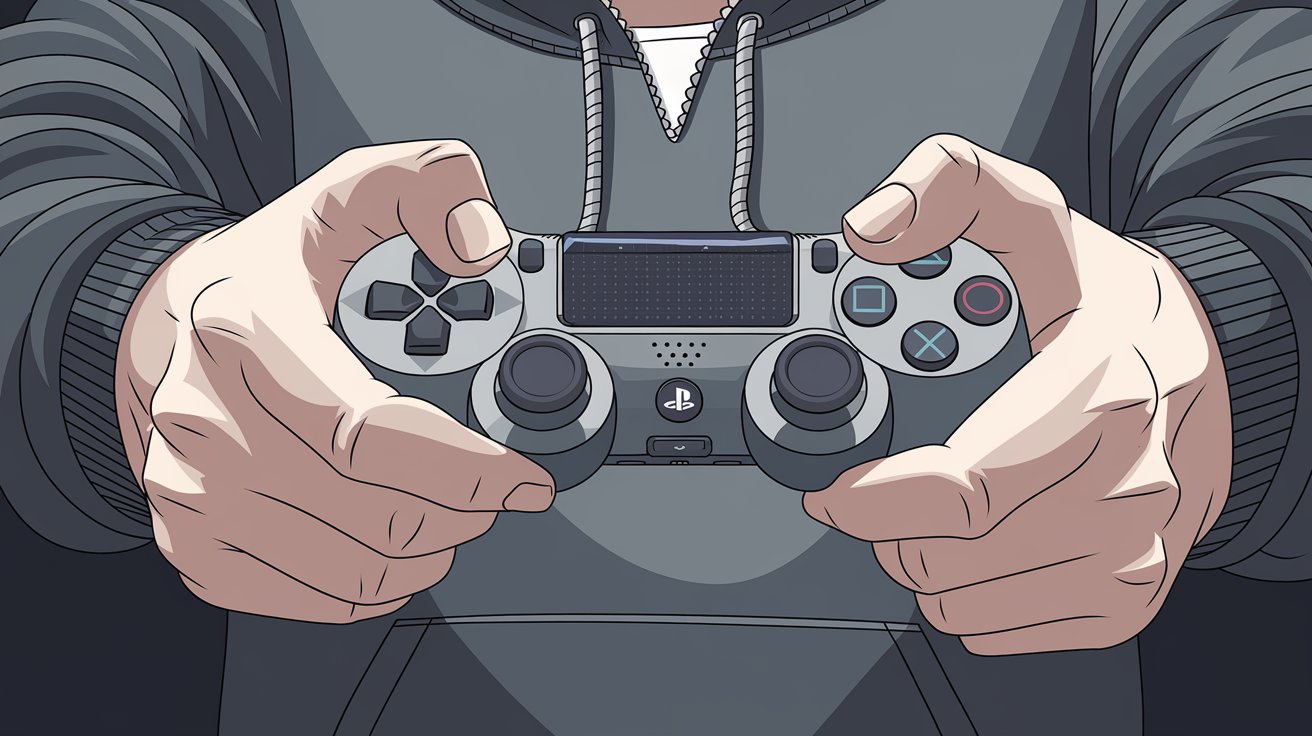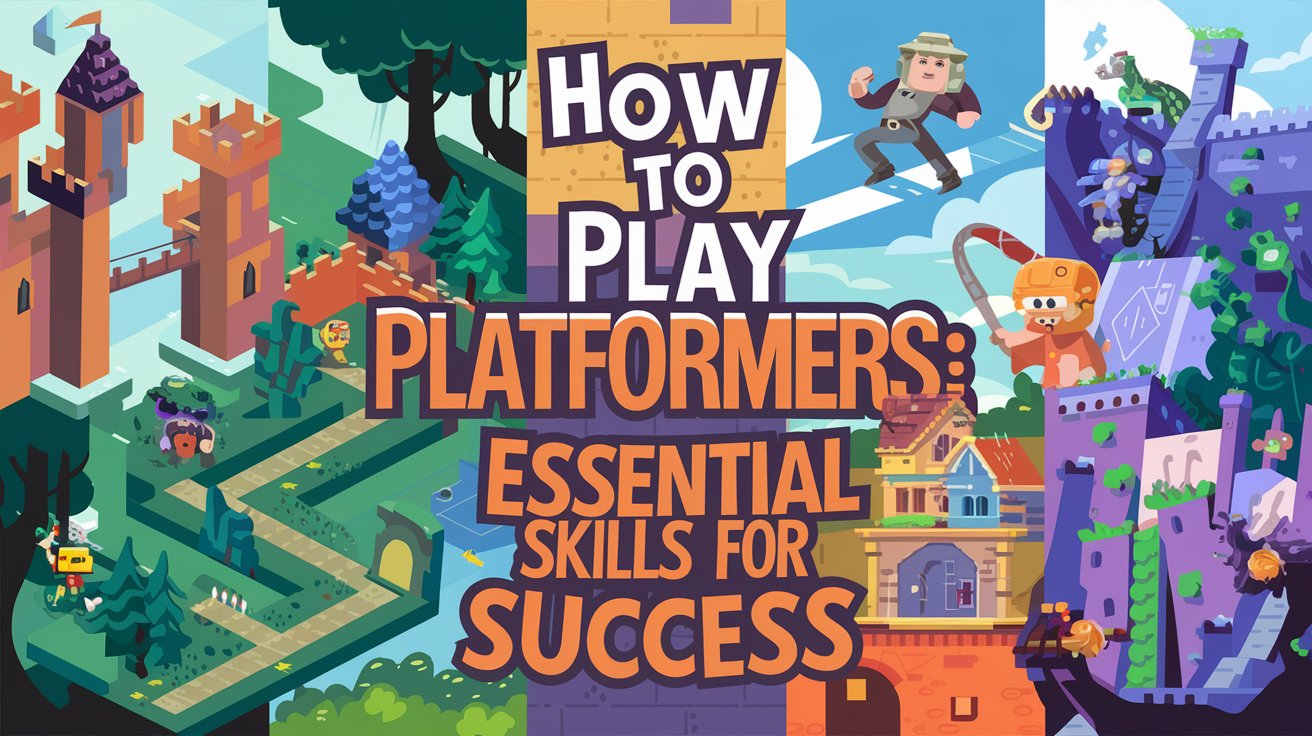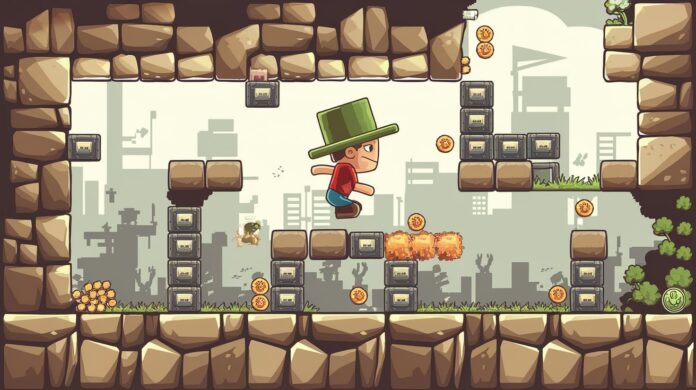Platformers are a cornerstone of gaming, blending precision, timing, and creativity into an addictive package. From the pixel-perfect jumps of Super Mario Bros. to the sprawling worlds of Hollow Knight and the chaotic speed of Sonic the Hedgehog, these games challenge players to navigate treacherous levels with skill and finesse. Whether you’re a newbie hopping into your first 2D adventure or a seasoned gamer tackling a 3D masterpiece, mastering platformers takes more than quick reflexes—it’s about building a toolkit of essential skills. In this 1500+ word guide, we’ll break down how to play platformers, share pro tips for success, and help you conquer even the trickiest stages.
What Are Platformers?
At their core, platformers are games where players control a character who must jump, climb, and maneuver across platforms—think ledges, floating blocks, or moving surfaces—to progress. The genre’s roots trace back to classics like Donkey Kong (1981), but it’s evolved wildly since then. Today, platformers come in two main flavors:
- 2D Platformers: Side-scrolling action with a focus on timing and precision (Celeste, Super Meat Boy).
- 3D Platformers: Open, three-dimensional worlds that add depth and exploration (Super Mario Odyssey, Banjo-Kazooie).
What unites them? A mix of environmental puzzles, enemy encounters, and the ever-present need to not fall. Success hinges on mastering movement, understanding level design, and staying cool under pressure. Let’s dive into the skills you’ll need to dominate.
Why Platformers Are Unique

Platformers stand out for their blend of accessibility and challenge. They’re easy to pick up—jump here, dodge that—but tough to perfect. Here’s what makes them special:
- Precision Matters: A split-second mistime can send you plummeting.
- Level Design Is King: Every platform, gap, and hazard is intentional—learn to read the “language” of the stage.
- Pacing Varies: Some demand slow, deliberate moves; others reward breakneck speed.
- Replayability: Hidden secrets and collectibles keep you coming back.
Ready to jump in? Here’s how to build the skills that’ll carry you to victory.
Essential Skills for Playing Platformers
1. Master Movement Mechanics
Movement is the heart of platformers. Each game has its own quirks, so start by learning your character’s toolkit:
- Jumping: Know your jump height and distance. In Super Mario Bros., Mario’s jump peaks higher with a full run-up.
- Double Jumps/Wall Jumps: Games like Hollow Knight or Ori and the Blind Forest add advanced moves—practice until they’re second nature.
- Momentum: Speed builds power in Sonic—use it to clear big gaps.
2. Perfect Your Timing
Timing separates the pros from the respawns. Platformers throw moving platforms, swinging hazards, and enemy patterns at you—nail these moments:
- Patience: Wait for the right window. In Celeste, rushing a spike trap spells death.
- Rhythm: Some levels have a beat—think Donkey Kong Country’s minecart stages.
- Enemy Dodges: Learn attack cycles (e.g., Goombas in Mario) and slip past.
3. Read the Level Design
Great platformers guide you subtly through their layouts. Train your eyes to spot these cues:
- Visual Hints: Coins or arrows (Mario) point the way. Spikes signal danger.
- Platform Placement: Gaps are jumpable by design—trust the developers (usually).
- Secrets: Odd walls or high ledges often hide goodies. Wall-jump or explore in Metroidvanias like Castlevania: Aria of Sorrow.
4. Manage Your Speed
Pacing is a balancing act. Some platformers reward caution (Super Meat Boy), others speed (Sonic Mania). Know when to shift gears:
- Slow Down: Tricky jumps need control—tap the stick, don’t sprint.
- Speed Up: Momentum clears gaps or powers through loops.
- Adapt: Rayman Legends mixes both—master the flow.
5. Handle Combat (If It’s There)

Not all platformers are pure traversal—many toss enemies into the mix. Here’s how to deal:
- Prioritize: Take out threats before jumping (Shovel Knight’s bouncing foes).
- Use the Environment: Knock enemies into pits or hazards (Mario’s shells).
- Dodge Over Fight: Sometimes running past beats engaging (Cuphead’s run-and-gun chaos).
How to Win at Platformers: Pro Strategies
Got the basics? Level up with these advanced tactics:
1. Practice Precision
- Pixel-Perfect Jumps: In Super Meat Boy, landing on tiny platforms takes finesse. Start small, build confidence.
- Edge Grabs: Games like Prince of Persia let you cling—use it to recover.
- Retry Fast: Died? Jump back in—repetition sharpens skills.
2. Memorize Key Sections
- Tough spots—like Celeste’s wind tunnels or Mario 64’s lava slides—get easier with memory.
- Break them into chunks: “Jump here, dodge there, grab that.”
3. Use Checkpoints Wisely
- Most platformers offer respawns or save points. Die? Learn from it—don’t repeat the same fall.
- In Hollow Knight, benches are your lifeline—plan routes around them.
4. Collect Everything (Or Don’t)
- Obsessed with 100%? Hunt coins, gems, or power-ups (Banjo-Kazooie’s jiggies).
- Just want to win? Skip extras—focus on the goal.
5. Stay Calm Under Pressure
- Spikes closing in? Boss fight ramping up? Breathe. Panic leads to sloppy inputs.
- Cuphead teaches this hard—steady hands beat frantic mashing.
Game-Specific Tips
Every platformer has its flavor. Here’s how to tackle some big names:
Super Mario Series
- 2D (Super Mario Bros.): Run-jump combos clear gaps; stomp enemies for height.
- 3D (Super Mario Odyssey): Cappy’s cap-throw adds tricks—dive, spin, explore.
- Beginner Pick: Mario—balanced and forgiving.
Sonic the Hedgehog
- Speed Rules: Roll downhill, hit springs, chain loops.
- Slow for Secrets: Rings and monitors hide off the fast path.
- Beginner Pick: Sonic—fast but manageable.
Celeste
- Dash Mastery: Madeline’s dash is your lifeline—angle it right.
- Mental Game: Brutal but fair—keep pushing.
- Beginner Tip: Use assist mode if stuck—it’s built-in.
Hollow Knight
- Metroidvania Twist: Backtrack with new skills (wall-jump, dash).
- Combat Focus: Nail enemies, not just platforms.
- Beginner Tip: Explore slowly—map every corner.
Best Platformers for Beginners

New to the genre? Start here:
- Super Mario Bros. (NES/Switch): Simple controls, clear goals.
- Kirby’s Adventure (NES/Switch): Forgiving jumps, fun powers.
- Rayman Origins: Vibrant, accessible, co-op friendly.
These ease you in without overwhelming complexity.
Advanced Picks for Pros
Ready for a challenge? Try these:
- Super Meat Boy: Relentless precision platforming.
- Cuphead: Platforming meets bullet-hell chaos.
- Ori and the Will of the Wisps: Fluid, gorgeous, and tough.
They’ll test every skill you’ve got.
Common Mistakes to Avoid
- Rushing Blindly: Speed kills—scout first.
- Ignoring Controls: Master the basics before fancy moves.
- Skipping Tutorials: Celeste and Mario teach mechanics—pay attention.
- Giving Up: Tough spots take tries—persistence pays off.
Tools to Improve
- Controller Choice: Precision matters—use what feels best (gamepad over keyboard for some).
- Practice Mode: Celeste’s assist mode or Mario’s early levels are great sandboxes.
- Watch Speedruns: Twitch or YouTube pros reveal shortcuts and tech.
Final Thoughts: Leap to Victory
Platformers are a test of skill, patience, and creativity. Whether you’re bounding through Mario’s Mushroom Kingdom, dashing in Celeste, or exploring Hollow Knight’s depths, success comes from mastering movement, timing, and level smarts. Start with the basics—jump, dodge, learn—then build to pro-level precision. Every fall teaches you something; every win feels earned.
What’s your favorite platformer? Share your triumphs or struggles below, and let’s keep the conversation hopping. Now, grab your controller, find your footing, and conquer those platforms!

Zareb Saleh is a journalist at Gulf Today and a ghostwriter for Gameoholic, specializing in gaming, technology, and digital culture. With a keen eye for industry trends, he delivers insightful stories that engage and inform readers.




